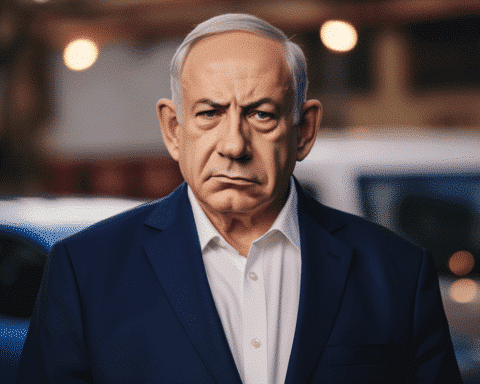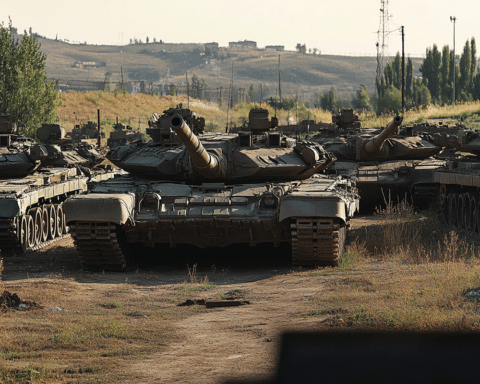The Israel-Gaza conflict, marked by a fierce clash of ideologies and military strategies, has revealed a significant rift between the United States and Israel. While the two nations have historically stood together, their postwar visions for the Gaza Strip are strikingly different. This article delves into the complex and often contentious dynamics shaping the future of Gaza, as seen through the perspectives of both Israeli and American leadership.
The United States has been a staunch ally of Israel in its war against Hamas, the ruling faction in the Gaza Strip. However, a noticeable divergence in their postwar strategies has emerged as the conflict appears to close. Israeli Prime Minister Benjamin Netanyahu declared Israel’s intention to maintain an “open-ended security presence” in Gaza, suggesting ongoing military operations and the possible creation of a buffer zone along the border. Contrarily, the U.S. administration, led by President Joe Biden, has outlined a starkly different approach, emphasizing the need for a non-military solution, advocating for the return of the Palestinian Authority, and rejecting any Israeli reoccupation or territorial reduction of Gaza.
Defense Secretary Lloyd Austin and Secretary of State Antony Blinken have both emphasized the importance of protecting civilian lives in Gaza. Austin warned against driving civilians “into the arms of the enemy,” while Blinken expressed concern over the high civilian casualties and urged Israel to mitigate them.
In a similar vein, Vice President Kamala Harris, during an address in Dubai, presented the U.S. vision for post-conflict Gaza, which includes no forcible displacement, no re-occupation, no siege, and the integration of Gaza and the West Bank under the Palestinian Authority.
Netanyahu’s stance, however, remains firm on demilitarizing Gaza post-Hamas and rejects the idea of involving foreign peacekeepers or the Palestinian Authority. Netanyahu’s advisor, Ophir Falk, stated, “After destroying Hamas, Gaza will be demilitarized and de-radicalized so that no threat will be posed to Israel from Gaza.” This approach has reportedly been communicated to regional partners but lacks detailed execution plans.
The growing frustrations with Netanyahu’s approach are not limited to the U.S. Amos Harel, a military affairs columnist, suggests that the Israeli army also believes Netanyahu’s decisions are politically motivated and dismissive of a cooperative approach with the Palestinian Authority.
As the conflict in Gaza persists, the discrepancies between the U.S. and Israeli visions for the region’s future only widen. While the immediate focus for both remains the cessation of Hamas’ military capabilities, the postwar landscape presents a complex array of challenges and diplomatic hurdles. The resolution of these differences, or lack thereof, will significantly shape the region’s geopolitical dynamics and the prospects for lasting peace.




